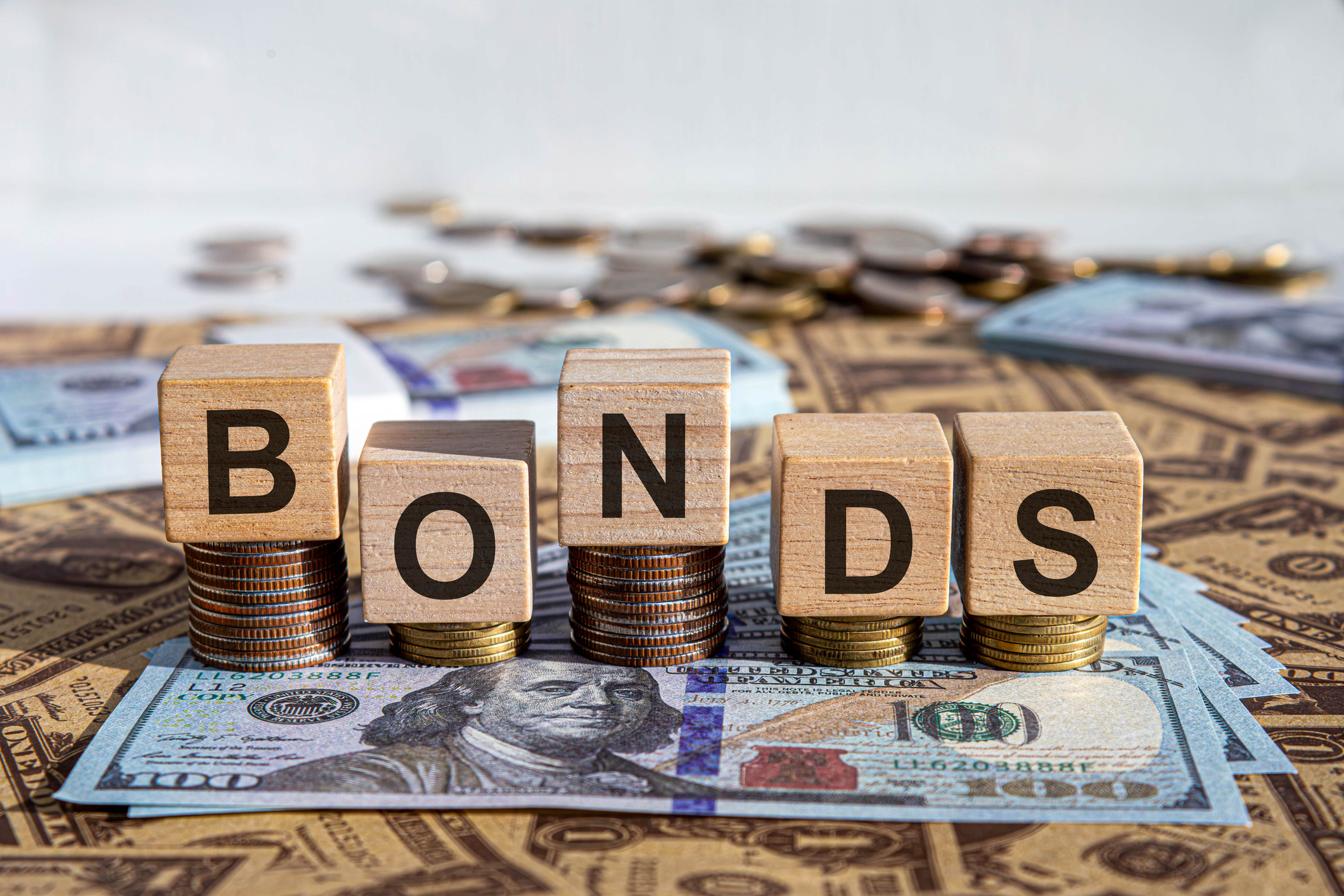Mark Zandi: The U.S. Economy Won't Recover Until We Have a Vaccine or Treatment
The chief economist of Moody's Analytics predicts the pace and shape of the recovery from the coronavirus-driven downturn.

Mark Zandi is the chief economist of Moody’s Analytics. He spoke with Kiplinger’s Anne Kates Smith in a series of interviews March 26-27. This is an edited transcript of their conversations.
What’s your outlook for the economy? How deep a recession do you see?
It’s going to be a struggle between now and this time next year. We’re in the teeth of the downturn now. We expect gross domestic product to have fallen 8% in the first quarter and to fall close to 30% in the second quarter. I’m assuming the virus plays out by the third quarter—not gone away, but no longer closing businesses. We’ll get a double-digit pop in GDP as people go back to work. In the fourth quarter, we’ll get some growth, but the economy will be limping along. For calendar 2020, I expect U.S. GDP to be down almost 6%. Unemployment should peak in the second quarter as high as 15%, but on a monthly basis, we could get to 20%.
From just $107.88 $24.99 for Kiplinger Personal Finance
Become a smarter, better informed investor. Subscribe from just $107.88 $24.99, plus get up to 4 Special Issues

Sign up for Kiplinger’s Free Newsletters
Profit and prosper with the best of expert advice on investing, taxes, retirement, personal finance and more - straight to your e-mail.
Profit and prosper with the best of expert advice - straight to your e-mail.
What shape will the recovery take?
We won’t kick into gear until they find a vaccine or a medical treatment that is effective for the virus. Until that happens, I don’t see people traveling, global trade will struggle and businesses, weighed down by uncertainty, won’t invest or hire aggressively. We’re in the soup, more or less, until we have some solution to this virus.
Is the $2.2 trillion fiscal stimulus enough?
Ultimately, it won’t be enough, but it was a very timely, positive step. It was a valiant effort and I think it will make a difference. Without it, we’d see a second-quarter decline in GDP of over 40% — a complete wipeout. Even with the economy down 30% there’s a lot of pressure on the financial system. The stimulus is designed to generate a pop in economic growth, but then it goes away. We’ll need more in coming months, possibly including more in unemployment benefits, help for the state and local governments, and more aid to smaller businesses. I suspect there will be a lot of business failures.
Will it take years to recover?
No. If we solve the virus, we’ll quickly get our groove back. There will be pent up demand, and interest rates will be low. Assuming the financial system is not taken out, we’ll see a period of good strong growth beginning in the second half of 2021 going into 2022––as long as the script for a vaccine holds true.
What did you mean about the financial system being taken out?
There will be some problems in the financial system that the Federal Reserve can’t control — in the shadow banking system — that might impair the flow of credit to some degree. The shadow system includes the overnight debt-repurchase market, corporate bonds, asset-backed securities, pension funds, insurance, derivatives, payment processors, crypto-currencies — everything outside banks and credit unions.
The shadow system is not transparent, and we don’t have much information about it. If one institution gets taken out, it becomes systemic very quickly, and the shadow system plays a key role in the economy. For example, the Federal Housing Administration mortgage market is dominated by non-banks. I expect the Fed to set up and provide a credit facility to mortgage banks. It would be cataclysmic if FHA lending got shut down, and ironic, considering the Federal Housing Administration was set up during the depression to funnel money directly to the mortgage market.
Is the Fed doing enough to keep markets functioning and support the economy?
The Fed is on DEFCON 1 — it’s all in, it has broken the emergency glass. Interest rates are at 0%, they’ve launched infinite quantitative easing to buy every kind of bond they can legally buy, lowered bank reserve requirements and set up all kinds of credit facilities––some new and some used in the financial crisis. They’re very committed and very creative. They should succeed in keeping the financial system from cracking up. The risk is that there are fault lines they might not be able to manage quickly enough.
Do you see any unintended consequences from this unprecedented monetary and fiscal stimulus? Could it trigger inflation?
Prices for certain goods in scarce supply will jump, but I don’t expect a broad-based acceleration in inflation. Demand for goods and services has been hammered, which will weigh on prices. The weak labor market will also hit wages hard, making it difficult for businesses to raise prices more aggressively.
What about the increasing debt load, for the federal government and for companies?
Government deficits and corporate debt will surge, but this is a problem for another day. Governments need to use all their resources to address the health and economic crisis. If they don’t, we will suffer an economic depression, creating fiscal problems that are much worse. One lesson we can take from this dark time is that in the good times we should work hard to reduce deficits and debt.
Will 0% interest rates be the new normal far into the future, depressing returns for savers?
Yes, I expect 0% short-term interest rates through 2022, and likely longer. After the financial crisis, the Fed didn’t begin raising rates from zero at the low end of the range until the unemployment rate was falling through 5%. That’s at least two years away.
Is there any ammunition left for further crisis, or the next crisis?
We have ammunition, but not nearly enough to feel good about it. As soon as we are on the other side of this crisis, we should work diligently to get our fiscal house in order.
Profit and prosper with the best of Kiplinger's advice on investing, taxes, retirement, personal finance and much more. Delivered daily. Enter your email in the box and click Sign Me Up.

Anne Kates Smith brings Wall Street to Main Street, with decades of experience covering investments and personal finance for real people trying to navigate fast-changing markets, preserve financial security or plan for the future. She oversees the magazine's investing coverage, authors Kiplinger’s biannual stock-market outlooks and writes the "Your Mind and Your Money" column, a take on behavioral finance and how investors can get out of their own way. Smith began her journalism career as a writer and columnist for USA Today. Prior to joining Kiplinger, she was a senior editor at U.S. News & World Report and a contributing columnist for TheStreet. Smith is a graduate of St. John's College in Annapolis, Md., the third-oldest college in America.
-
 Is a Cash Balance Plan Your Key to a Wealthy Retirement?
Is a Cash Balance Plan Your Key to a Wealthy Retirement?Cash balance plans have plenty of benefits for small-business owners. For starters, they can supercharge retirement savings and slash taxes. Should you opt in?
-
 Changes Are Coming for This Invesco Bond Fund
Changes Are Coming for This Invesco Bond FundThe Invesco BulletShares 2026 Corporate Bond ETF's bonds will mature in 2026. Here's what investors should do.
-
 What Science Reveals About Money and a Happy Retirement
What Science Reveals About Money and a Happy RetirementWhether you’re still planning or already retired, these research-based insights point the way to your best post-work life.
-
 What to Expect from the Global Economy in 2026
What to Expect from the Global Economy in 2026The Kiplinger Letter Economic growth across the globe will be highly uneven, with some major economies accelerating while others hit the brakes.
-
 Shoppers Hit the Brakes on EV Purchases After Tax Credits Expire
Shoppers Hit the Brakes on EV Purchases After Tax Credits ExpireThe Letter Electric cars are here to stay, but they'll have to compete harder to get shoppers interested without the federal tax credit.
-
 The Economy on a Knife's Edge
The Economy on a Knife's EdgeThe Letter GDP is growing, but employers have all but stopped hiring as they watch how the trade war plays out.
-
 Japan Enters a New Era of Risk and Reform
Japan Enters a New Era of Risk and ReformThe Kiplinger Letter Japan has entered a pivotal moment in its economic history, undertaking ambitious policy and structural reforms to escape from decades of stagnation.
-
 After Years of Stagnant Growth, Hope Emerges for EU Economy
After Years of Stagnant Growth, Hope Emerges for EU EconomyThe Kiplinger Letter Can a German fiscal push outweigh French political peril?
-
 Trump's Economic Intervention
Trump's Economic InterventionThe Kiplinger Letter What to Make of Washington's Increasingly Hands-On Approach to Big Business
-
 AI Start-ups Are Rolling in Cash
AI Start-ups Are Rolling in CashThe Kiplinger Letter Investors are plowing record sums of money into artificial intelligence start-ups. Even as sales grow swiftly, losses are piling up for AI firms.
-
 What is AI Worth to the Economy?
What is AI Worth to the Economy?The Letter Spending on AI is already boosting GDP, but will the massive outlays being poured into the technology deliver faster economic growth in the long run?